
You might think ancient sports were simple, but history says otherwise. Take a closer look, and you’ll find competitions that blur the line between ritual and recreation. Some games doubled as ceremonies, while others disguised themselves as survival skills. In this article, discover 10 authentic ancient sports that might sound like a myth.
Mayan Ballgame

In the ancient world, the Mayans played a game unlike any other, using their hips to strike a rubber ball through stone rings. The game sometimes involved ritual sacrifices. Often, war captives were forced into rigged matches that blended athleticism with spiritual significance.
Pankration
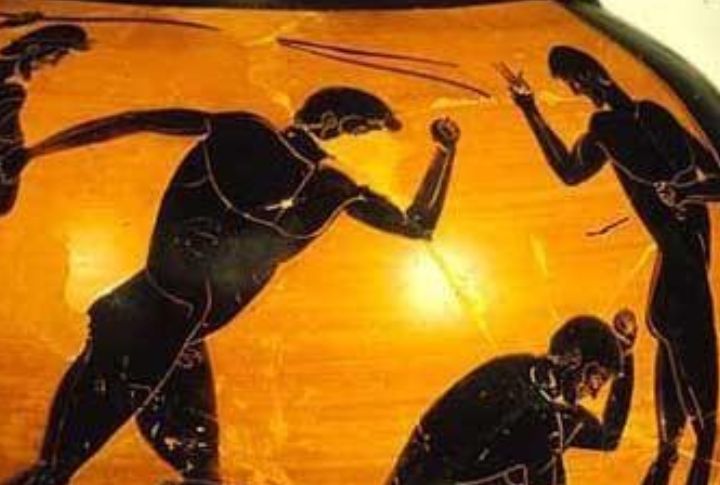
Pankration stood out as the most intense contest in the ancient Greek Olympics. It mixed wrestling and boxing but allowed far more aggressive tactics than either. First held in 648 BCE, the event pushed fighters to rely on strength and endurance in a nearly rule-free arena.
Naumachia
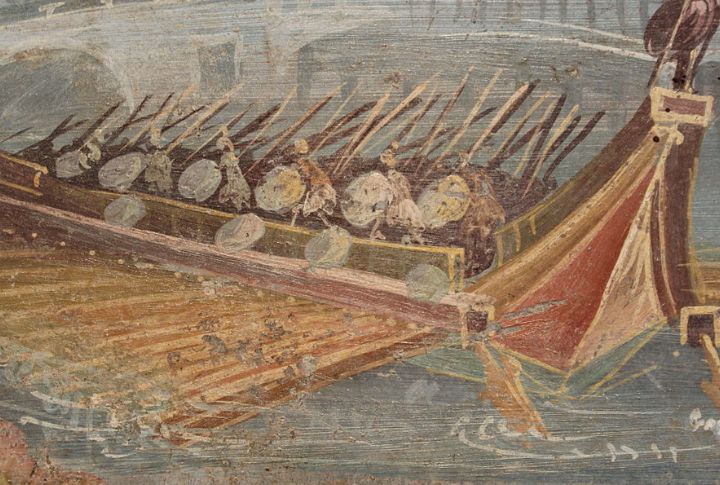
The Romans staged full-scale naval battles inside flooded arenas, where real ships clashed and fighters battled to the death. These deadly spectacles used thousands of prisoners and slaves as combatants. One famous battle under Emperor Claudius used approximately 19,000 men and around 100 ships (triremes and quadriremes).
Buzkashi
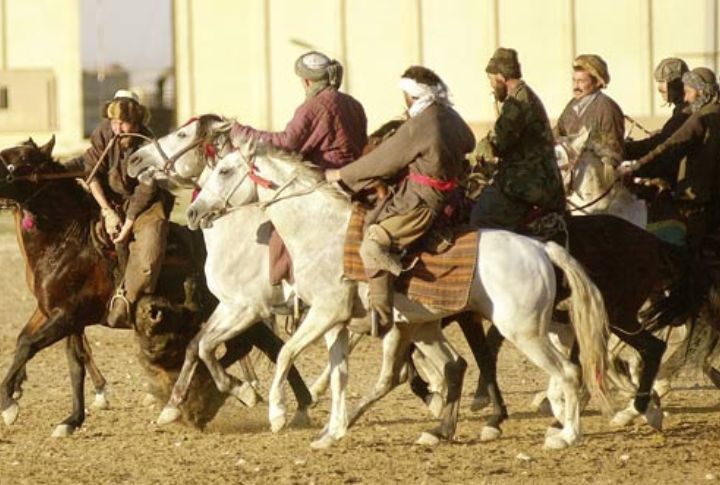
Originating in Central Asia, Buzkashi is a brutal horseback game in which players compete to drag a goat carcass into a designated goal. Riders form scrappy teams, using strength and whip-swinging chaos to take control. It’s been played for centuries, especially in Afghanistan, where it’s considered the national sport.
Tarahumara Endurance Races
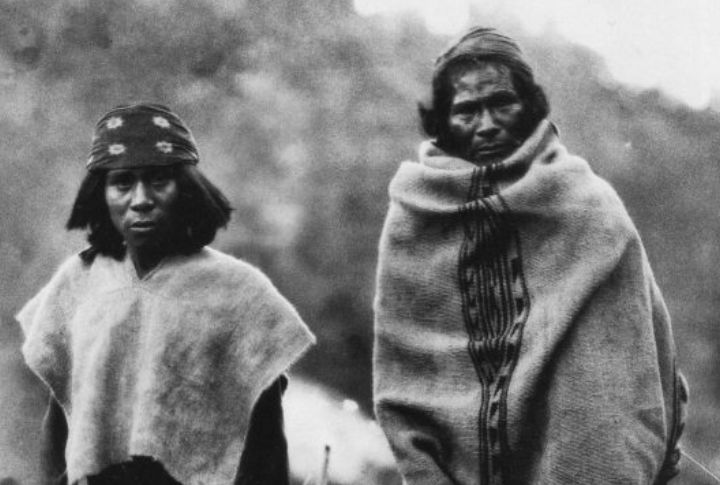
In northern Mexico, the Tarahumara people have run ultra-long-distance races for centuries, sometimes up to 200 miles over one to two days with minimal breaks. These footraces were spiritual and communal events tied to celebrations and conflict resolution. Runners wore thin sandals and often kicked wooden balls as they ran.
Gladiator Chariot Duels
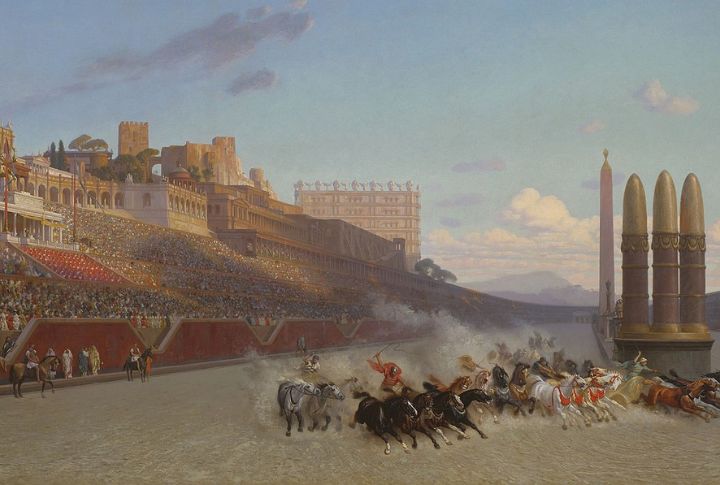
Roman gladiators didn’t just fight on foot; they fought from lightweight chariots at high speeds. Those duels were thrilling to spectators, as charioteers clashed, with crashes and deadly collisions being the expected outcome. The danger of these races was part of the spectacle.
Inuit Blanket Toss
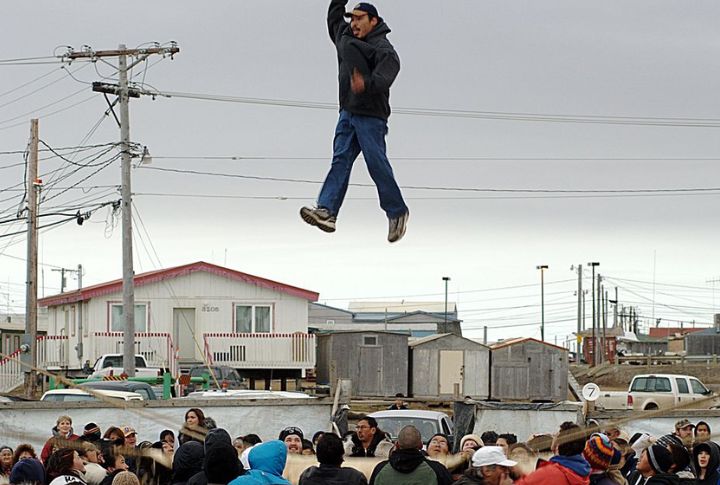
The Inuit in Arctic communities held a game where a person was tossed into the air using a walrus-skin blanket held by a ring of people. Participants soared up to 20 feet high, flipping and balancing mid-air. It was part survival training, part celebration, and full of adrenaline.
Minoan Bull-Leaping
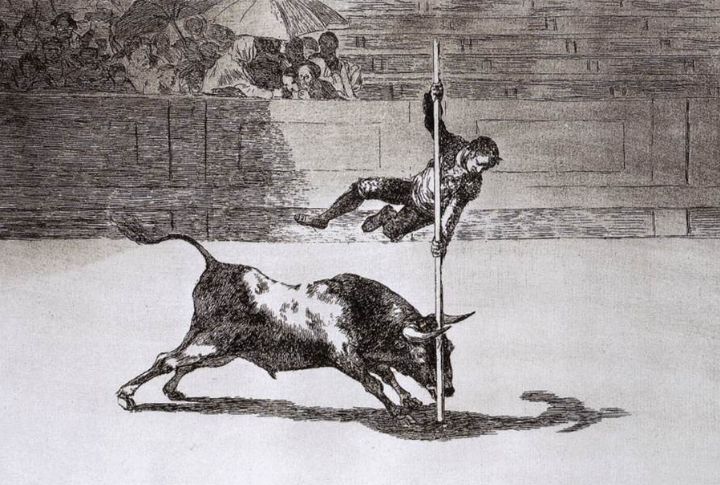
Bull-leaping was a rite of passage in Crete as early as 2000 BCE. Athletes would leap over bulls’ horns, a dangerous act captured in Minoan art. Both men and women participated. While the event may have been ceremonial, it highlighted the Minoans’ respect for bravery and athleticism.
Venatio
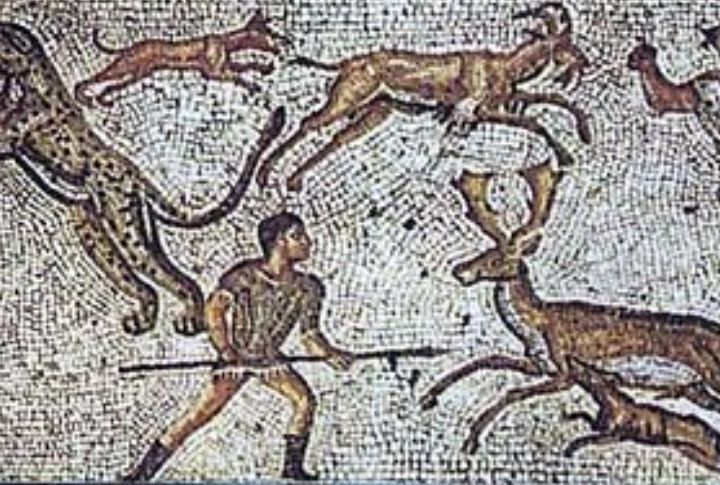
Roman beast hunts turned wild animals into unwilling participants in staged arena combat. Lions, elephants, and other exotic creatures were pitted against trained fighters as part of imperial entertainment. These hunts blurred the line between sport and execution in the Roman Empire.
Pitz (Mesoamerican Ballgame)
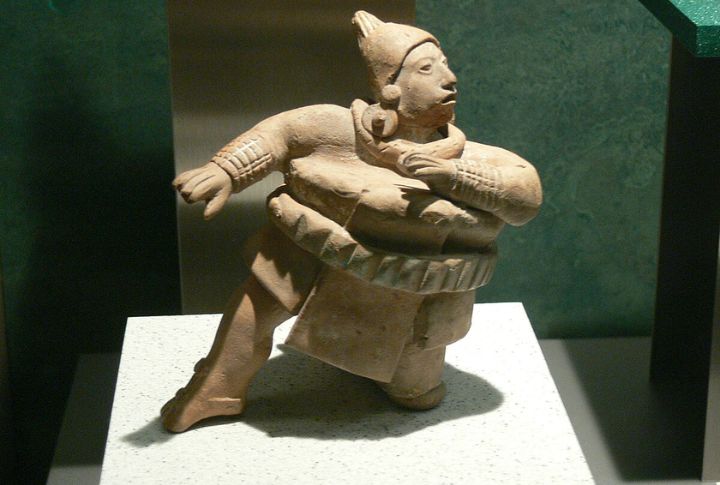
Played by the Maya and other Mesoamerican cultures, Pitz was a high-stakes ballgame where players used their hips, elbows, and knees to keep a heavy rubber ball in play without letting it touch their hands or feet. Courts were often part of sacred temples, and the game held deep cosmological meaning.

